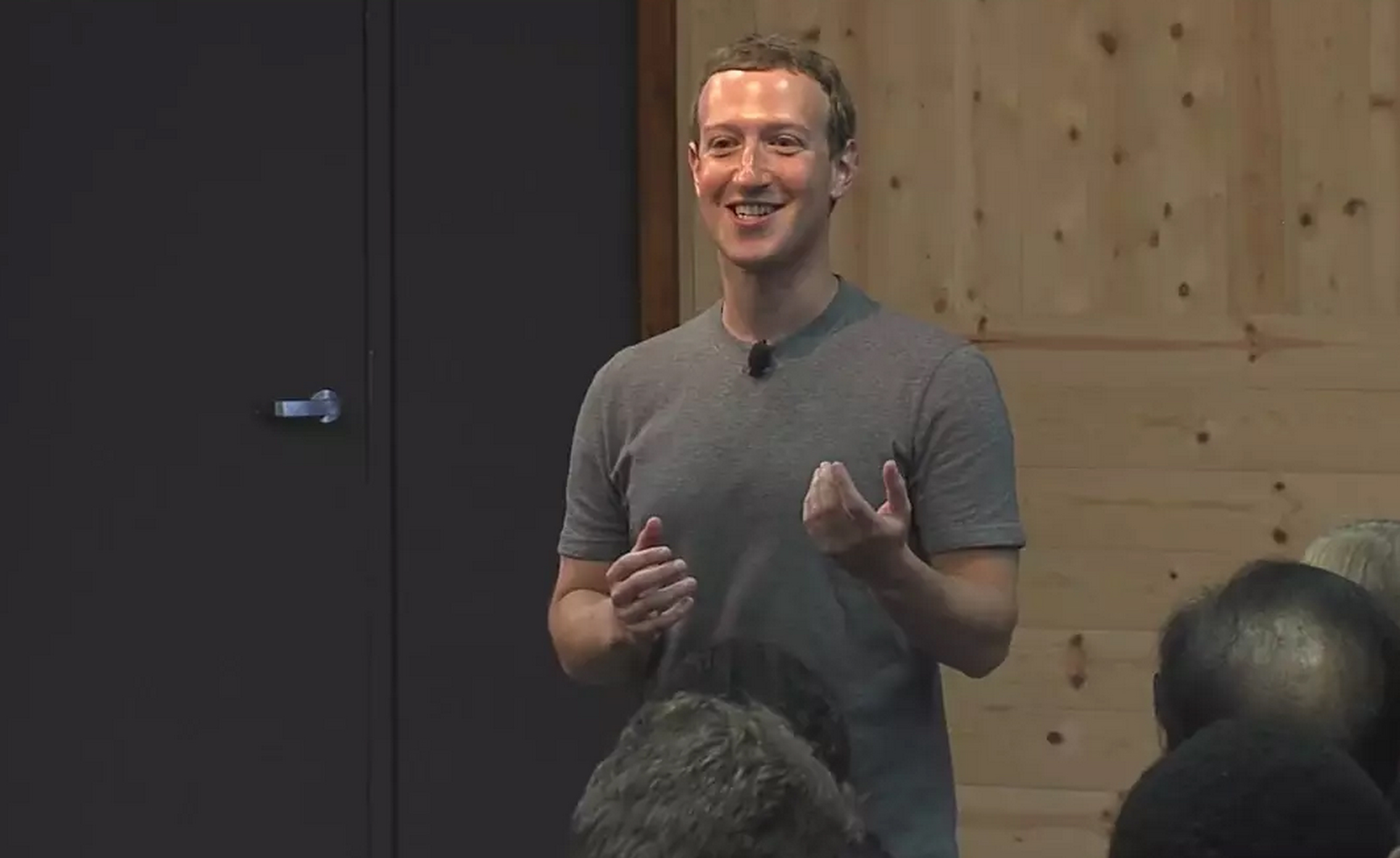This week there has been a lot of talk about Facebook introducing a dislike button. Even James Corden on the Late Late Show has an opinion on the idea, as you can see from this clip.
[ot-video type=”youtube” url=”https://www.youtube-nocookie.com/embed/1huhZYgPJBI?list=PLZ1f3amS4y1f-HvFvkzBffCr7rLTeHHQZ”]
Yet that’s not exactly what Facebook has announced. Not quite anyway.
In a Q&A session led by Facebook founder Mark Zuckerberg he was asked the question “We need to have more options than just a “Like” button. Why don’t we have other options like “I’m Sorry”, “Interesting”, or “Dislike”?”
He answered “People have asked about the dislike button for many years. Today is a special day…We’re working on it and we’re close to shipping a test on it.”
Yet if you watch his response below you will see that he actually goes on to say, “We don’t want to turn a Facebook into a forum where people are voting up or down on people’s posts. That doesn’t seem like the kind of community that we want to create.”
[ot-video type=”vimeo” url=”https://player.vimeo.com/video/139401042″]
The distinction could be vitally important for travel businesses that try to use Facebook to spread their message organically (i.e. without paying the social network to advertise).
Brands who are on Facebook have been seeing decreasing organic reach for some time and in April Facebook announced yet more measures to push content form business pages further down the Newsfeed by prioritising content from friends.
So what’s happening now?
Facebook uses and algorithm called EdgeRank to decide how to order stories that people see in their Newsfeed. Some of the key factors that have traditionally been used in the algorithm are affinity, weight and recency.
Affinity is how “close” you are to the person or page posting the content and depends on how often you look at their page and engage with what they post (such as liking, commenting or sharing).
Weight depends on the type of content – video scores more highly than photos which scores more highly than text posts – and also on how much other people engage with it.
Recency moans that fresher posts get priority over older ones.
The exact way these factors combine, along with other signals, is unknown but it should be clear that something that is liked a lot has more chance of appearing in someone’s Newsfeed.
If Facebook introduces a dislike button, it is evident that this signal is probably going to be used to decide what people see.
Unless it is very good, brand-produced content has a tendency to attract more dislikes than personal content. After all, may people feel that brands have no right to be on social networks in the first place.
With this announcement, Facebook is hammering another nail in its coffin as a channel for free marketing and further strengthening its role as an advertisement medium.



Thank you !